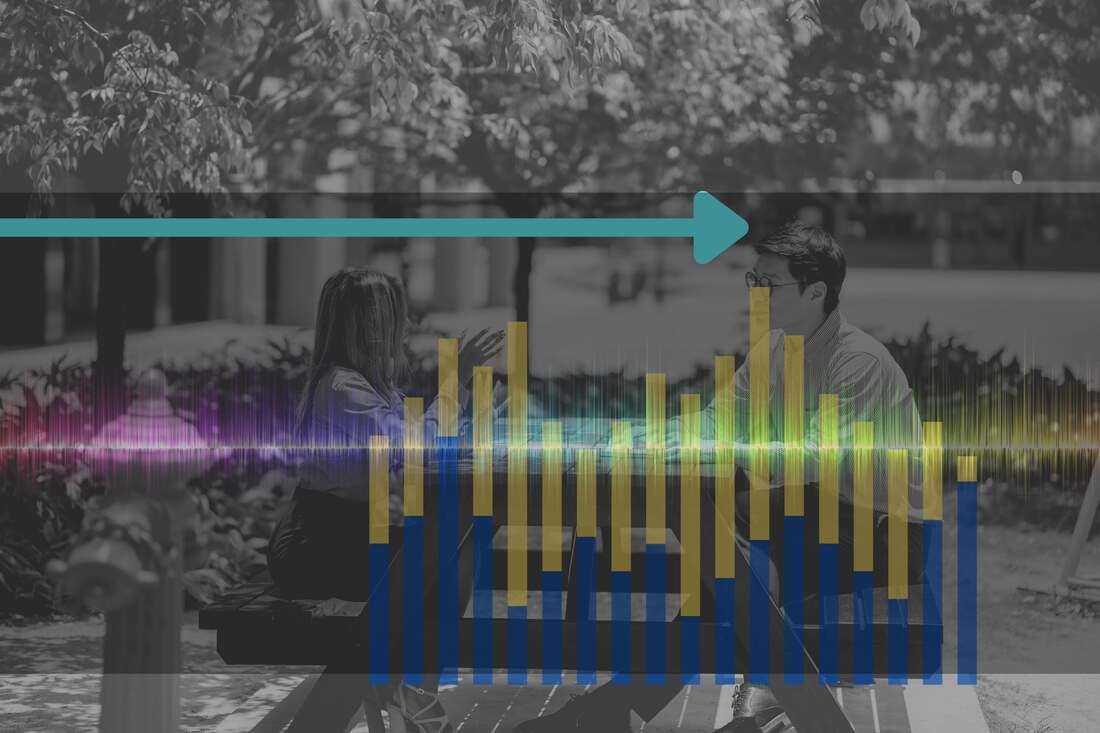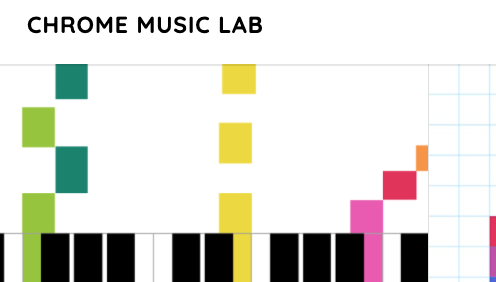|
We are a world of sound, vibrationally communicating with each other and our surrounding environment. The power of words is held in their definition as well as in their delivery. The way we produce our words and the tone that they are delivered with directly affects our communication with one another. My fascination with this began with the foundational aspects of music; melody, meter, the sound of emotion, and essentially, tonal vibrations. With this sense as a guide for communication and listening, one can develop an awareness of how spoken words carry more meaning than just their definition. Exploring the field of how vibrations communicate emotions, one can develop a sense of how words affect a conversation and how they act in resonance or dissonance within a single person or in a relationship. This experience is like being a piece of an orchestral movement, with your unique instrument, harmonizing with the thematic melody. Resonance / Dissonance How do our emotions affect how we deliver our words? How do the vibrations of our voice affect our listener’s nerves? We listen to voices and words simultaneously, and consciously as well as somatically and subconsciously. Dissonance happens when the tone of voice clashes with your emotion, two notes that don’t blend well, don’t sound good together. We can notice dissonance, sometimes from passive aggression, between the different ways that someone else communicates, and we are left with a sometimes confusing, conflicted, and perhaps traumatized feeling. While on the other hand, we notice resonance in a tone of voice and are often left with a peaceful, uplifting feeling. Good Vibes / Conversation as Song Our tone of voice can be in alignment with somatic experiences like fears and turn-ons. Certain tones of voice can vibrationally resonate with you, like how vibrations resonate in the body of a guitar. In these situations you might find yourself thinking that a certain feeling “resonates with me”. When you are on the same page as the person you are talking with, you are attuned and the tones of your voices can resonate with each other and you can be in harmony like two separate tones that harmonize together in a song. This is an important skill to develop your tone of voice to play your distinct role in the orchestral movement. This can be a conversation, a business meeting, customer service and other situations where you want to instill a certain feeling which you can tailor to the unique recipient in the performer / audience relationship. Each conversation brings its own topic to light through tone of voice, the underlying sentiment or frustrations that are being communicated with dynamic vibrational delivery. The sounds/vibrations of emotion in conjunction with the way in which words are formed themselves determine vibrational receiving of the message. When we talk to a baby or a cute puppy we automatically manipulate our voices to be higher pitched, to sound sweet and gentler. Not only do we choose words to say to one another but we express how we feel through our tone of voice. Often unaware of the way we might sound to the person we are talking to until it’s too late, because we may think that we are effectively masking our inner feelings, and furthermore, we may have even been masking them from ourselves. The tone of voice can be a distraction from content. What if we made a conscious effort to deliver our words with a tone of voice that enhanced the conversation instead of sweeping it up in a wave of emotion? Is this conscious verbal economy sustainable? What if we ask ourselves what we want to be communicating through the tone of our voices alongside the actual words? Physiological Response Licensed Therapist Stephanie Mae Neilson describes tone as communication in and of itself; Tone of voice is its own conversation, the felt conversation, the known conversation that doesn’t make it into the words. This conversation is always happening within, alongside, in tandem with, the words and meanings level of the dialogue. This is the conversation of the animal self, the body, of the nonverbal, preverbal realm. The animal body has vibrational exchange with the animal body of someone else. This content and energy of the exchange can be accepted no matter whether “good” or “bad” , as long as there is no dissonance between content, energy. Words can be chosen intentionally in order to direct vibration through the correct instrument, like sending air through a pipe organ. Embedded Tone Words shape sound. Choosing words intentionally to shape tone is a quality of an instrument. It gives the speaker a choice in how sound is channeled, alleviating some of the pressure from the body to project, accent or blow through sound to create vibrations. Some words carry their own tone, an added complexity to intentional vocalizations. Words can sound condescending, patronizing, sarcastic, manipulative and confusing. The tone of the words can create cognitive dissonance if they are used in a way that is misaligned with the meaning of the word or used as part of an act. Explosive words, harsh words and expletives blast their way through a conversation and can be damaging while soft and sweet toned words imply a certain tenderness. Certain words are built for delivering a message regardless of how you say them because they have an embedded tone. Love Language / Tone as a Tool We can use tone as a tool. We have choices in speech and listening. Are you, or is the other, communicating from a place of safety and security in the physical body? The sound of security in a voice and strength in a voice can help someone who is struggling with fear or paranoia. Forced shifts in one’s tone of voice can lead to confidence and ability to be seen or get needs met. What would high versus low pitch or fast versus slow ask for from the listener? Beneficial Tonalities . How can vibrations aid in a challenging conversation? We can be mindful of how we use our voice to shift the energy of one another or match the energy of one another. How do you respond to speaking with someone who is highly anxious and speaks with a higher pitched tone versus someone who is grounded and happy versus someone who is depressed speaking with a droning low tone? The awareness of the way we produce our words and with what tone they are delivered with has the potential to benefit our well being, our relationships and our businesses. Join the Conversation What experience have you had that has been influenced significantly by tone of voice?
0 Comments
|
AuthorMike Caruso Archives
February 2024
|
|
© COPYRIGHT 2023 MAGNETIC WEST MUSIC |




 RSS Feed
RSS Feed
